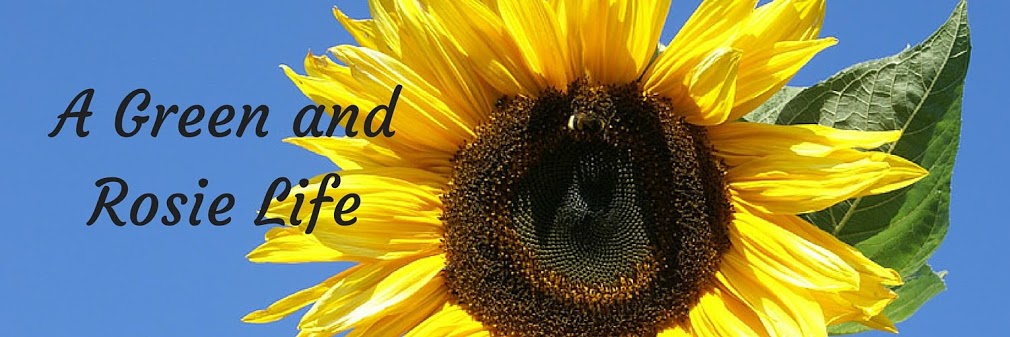Week 11 - Green Driving Tips
Car driving is not good for the environment. The fuel cars use produces greenhouse gases such as CO2 Green Driving Tips which contribute to climate change, something that is also true of electric cars where the electricity they use is likely to have been produced by burning fossil fuels. Then there is their manufacture which also produces pollutants and environmental damage from the mining of the materials needed to make the car and its parts though the process of making these raw materials into a car and transporting parts and cars from factory to customer. Work is being done to develop less polluting cars but even these will have an impact on the environment. I am however realistic enough to realise we are unlikely, in the foreseeable future, to stop using cars, so as a next best step we need to look at ways of driving our cars more efficiently that means we use less fuel and and we need to replace them or their parts less often.
 |
| Traffic Jam in New York with a yellow haze of pollution |
1. Keep your car well maintained
A well maintained car is far more fuel efficient that one that isn't in good nick - and I blogged on Weekly Tips 3 about how to maintain your car to keep it green. It will also need less replacement parts and should last longer.
2. Speed
Driving at a constant speed, in the correct gear and at no more than 56mph on the open road will greatly reduce your fuel consumption. Also by anticipating ahead you'll have no need to suddenly accelerate which raises fuel consumption. So make sure you leave with plenty of time to get to your destination and ease off the accelerator a bit.
3. Braking
Avoid breaking hard and as once again anticipate the road ahead to avoid sudden braking. Coast to decelerate, coming down through the gears which means you'll also save on brake pads with less hard braking.
4. Don't drive when very hot
Both air conditioning and open windows will increase fuel consumption so, if possible, avoid driving in the heat of the day or park the car in the shade with the windows open to keep it cooler inside.
5. Car Share
How many people travel in the same direction day after day when in fact they could car share? Car sharing or covoiturage as it is known in French halves fuel use if 2 people share and I'll leave you to do the maths for more people! Ask around at work or join up with other Mums on the school run. There are also car sharing schemes popping up on the internet now including Lift Share and BlablaCar.
6. Plan your Journeys
Can you combine journeys? I quite often need to pick up the boys when they finish school early so rather than just heading to town, 13kms away, to collect them I might also go shopping, pick up that prescription, do the recycling or collect some animal feed. And sometimes, horrid Mother that I am, if I have no need to go out and the boys only finish a bit earlier then I make them wait for the bus home. Sorry boys! Also plan your journey so you don't get lost and can take the shortest route.
7. Walk, Cycle or use Public Transport
For short journeys do you really need to get the car out at all? Why not walk or cycle? If this isn't possible can you use public transport? You can use these methods for all or part of your journey - why not use Park and Ride rather than driving into town then round and round trying to find a parking space or you could park a few blocks away from where you need to be and walk the rest of the way.
I think it is fair to say, in many cases, it is hard for people to do without their cars - but it is not impossible to reduce how much you use them and how your drive which will reduce fuel consumption and create less wear and tear on the car which will then last longer before breaking down or needing parts replacing.
 |
| Add caption |


Given the good roads in some of France we also manage to coast in neutral for kilometres at a time., although this is not fuel efficient at under 50 kph.
ReplyDelete